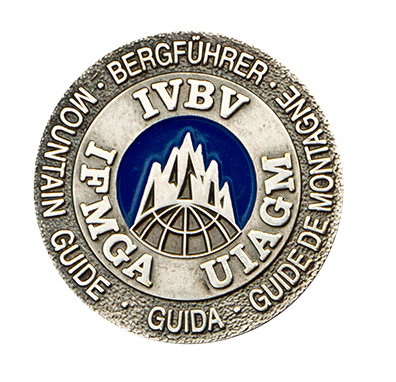Learning from the Tenerife Air Disaster
Your partner cuts into the golden powder. The slope cracks like ice. A river swallows her and she’s gone. Subliminal bliss to nightmare in five seconds. How would you react?
I hope I will default to the teaching and practice I do countless times a season. But then, I’ve never done a real avalanche rescue. Imposter syndrome niggles at my teaching. Would I freeze?
My sister Kate sent me the podcast Cautionary Tales, Frozen in a Burning 747 (Tenerife Air Disaster 2). In the podcast Tim Hartford describes the largest air disaster in history when two 747s collided on the runway in the Canary Islands. One plane sat burning on the tarmac. Inside numerous passengers survived the initial impact. A few jumped up and started helping. Most froze though. Alive, just looking calmly ahead. Unable to get out. They died.
Evolution taught us to fight or flight in an emergency. Freezing is another common response to disaster. It’s an evolved survival tactic so a predator won’t see us, or maybe think we’re old dead meat.
Hartford explains research done on two types of disasters: those we might encounter and train for, and those that are unlikely to encounter and are not worth training for. Us backcountry skiers might encounter an avalanche, so we can train for it. “Do drills again and again until the right response pops straight into your brain.” In other words, practice rescue every single year to avoid freezing.
Hartford also explains how we might need help snapping out of a freeze. A thought popping into our head, or someone showing you the way. A few simple and directive commands to get us to revert to our training. I took that knowledge and simplified the rescue outline in my Avalanche Decision Making Field Book down to a few key phrases to unlock a freeze.


